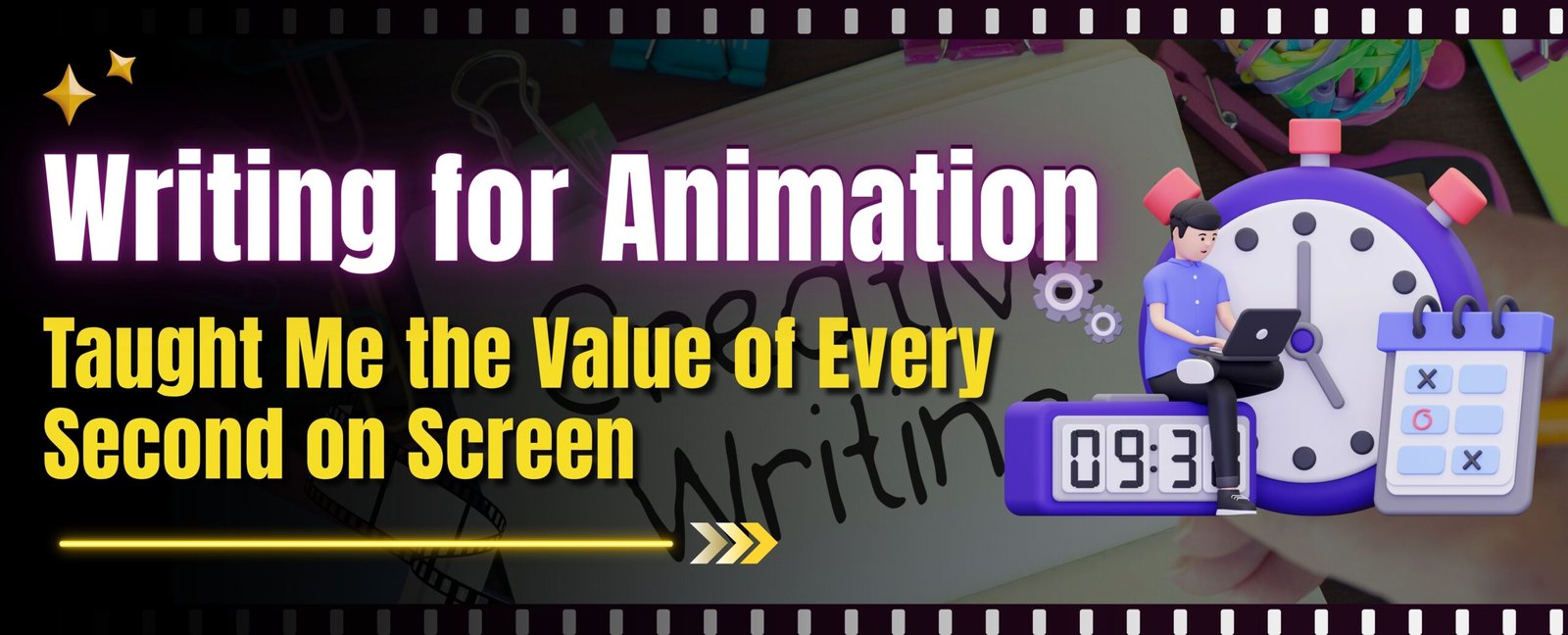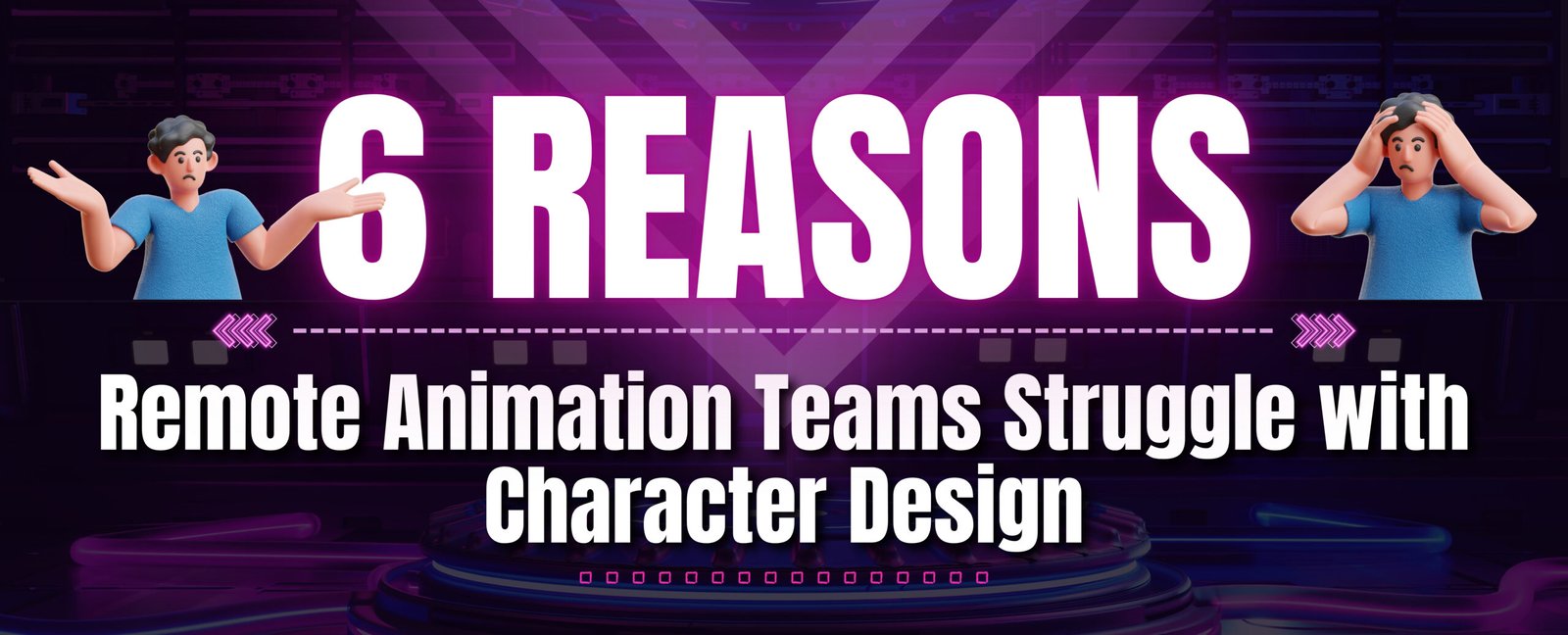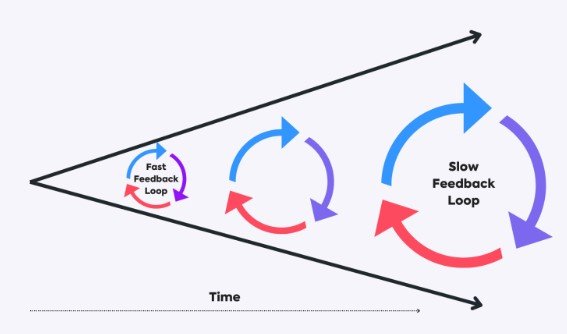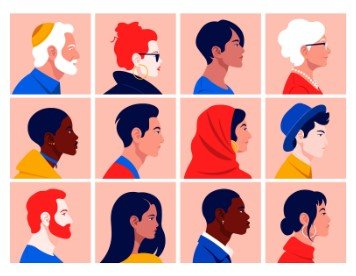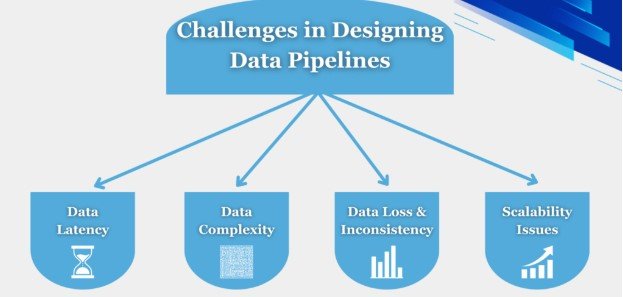Introduction
Writing for animation taught me fast that every second on screen has to earn its place. In the world of animated video creation, there’s no such thing as filler, every frame is designed, every movement is timed, and every word must justify its presence.
As a writer working closely with animation studios, I quickly learned that even the slightest pause or extra line could throw off the rhythm, inflate production time, or dilute the message.
This wasn’t just a creative challenge, it was a mindset shift. Especially in 2d animations, where storytelling relies heavily on visual precision, I found myself writing with a stopwatch in mind rather than just a blank page.
Over time, writing for animation taught me to strip a story down to its most impactful moments, and to treat time not as a constraint, but as one of the most powerful tools in the process.
Why Animation Scripts Taught Me to Respect Time
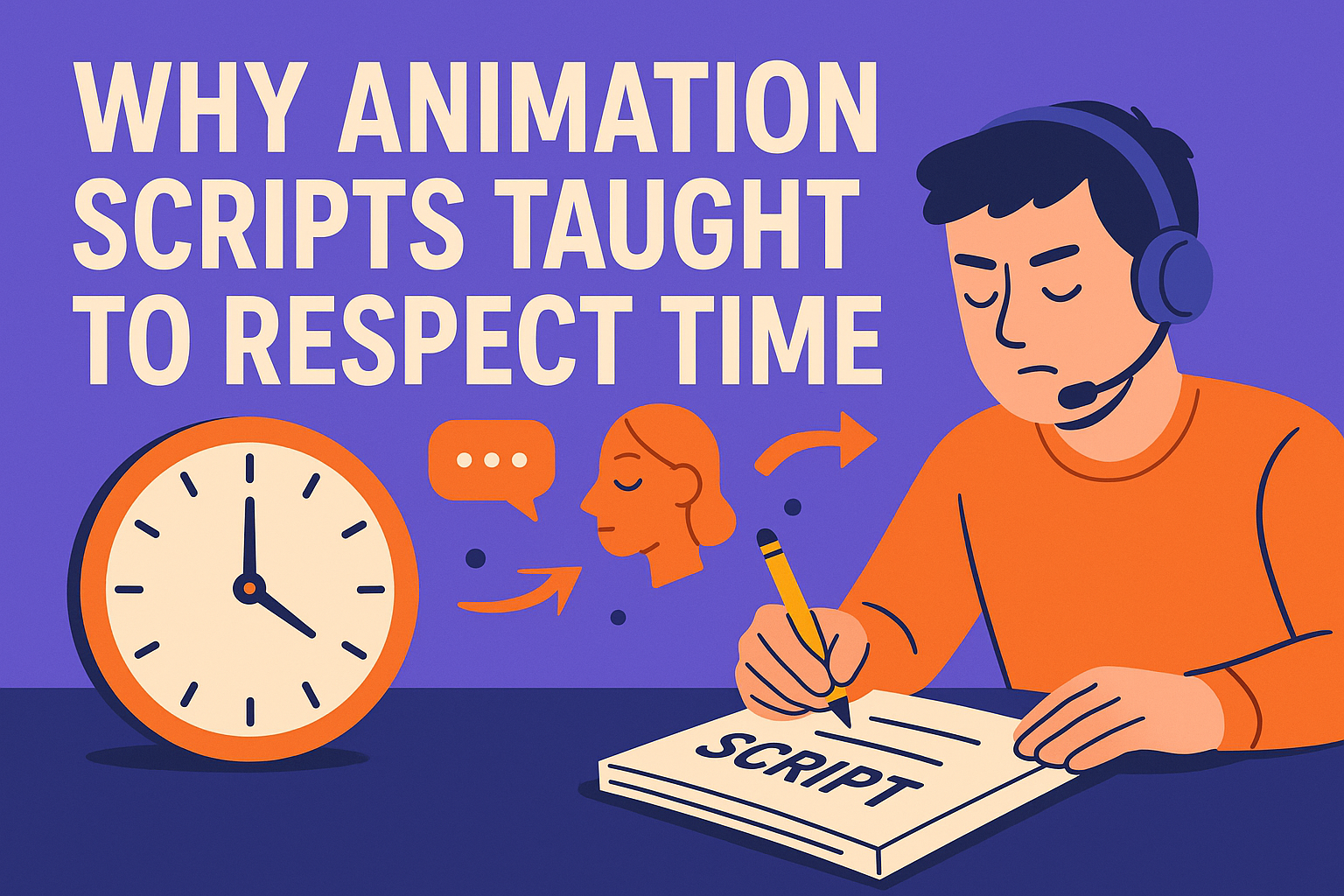
In traditional screenwriting, you get the luxury of editing on set, tweaking dialogues, or reshooting scenes. In animation, once the script is locked and the production starts, you can’t “fix it later.” Everything from dialogue to action is synced precisely. You don’t get second chances.
That’s what changed the way I write. Now, every pause, every breath, every blink I write into the scene is intentional.
Scripts Are Blueprints, Not Rough Sketches
What surprised me early on was how different animation scripts are in practice. Technically, they resemble live-action scripts. But in execution? They’re a completely different beast.
I’ve learned to approach scripts as blueprints. Animators rely on every line of action, every cue. If I write “she looks surprised,” I better mean it. That subtle expression needs to be designed, approved, animated, and timed to the audio. There’s no improvisation later.
That’s also why clarity and polish matter from the start. There’s no room for ambiguity or “we’ll figure it out later.” We never do.
How Animatics Refine Every Second of the Script
One of the most pivotal lessons came when I started working closely with storyboard artists. Together, we’d review animatics, rough, drawn-out versions of the entire video synced with placeholder audio.
I can’t stress this enough – animatics are gold, especially if you are working on an eLearning video script.
In our animation studio, we treat animatics as one of the most crucial rewriting stages. It’s essentially the entire video laid out in rough sketches, often accompanied by temp audio. This phase lets us “watch” the piece before the truly expensive production work begins, and it always surprises me how much changes at this point. Scenes get rearranged, pauses are tightened, jokes are reworked.
I’ve sat in story review sessions where we shaved half a second from a pause and it completely changed the emotional tone. This is where I truly learned how much weight a single second carries. Every beat is questioned. Nothing is safe unless it’s working perfectly.
In fact, some of the most satisfying scenes I’ve ever written were rewritten at the animatic stage, once I could “feel” the seconds play out visually.
Animation Doesn’t Forgive Waste: Cut Crowds, Rethink Action
Budget realities hit hard when you realize what eats time and money in animation. Want a crowd shot? That means designing each extra, animating them, timing their movements, even if they’re blurry background filler.

So I started asking better questions:
- Does the character really need to walk through a crowd?
- Can we cut to a tight shot with just two figures instead?
- Can I imply chaos without actually showing 20 people?
The same goes for action scenes. Action sequences look fantastic, but they’re intensive. If a moment doesn’t absolutely need a 5-second fight choreography, I’ve learned to suggest it visually or cut away creatively.
Animation taught me how to write leaner stories with bigger impact, because in this format, less really is more.
Why Simplicity Wins in 2D Animations
There’s something about 2d animations that rewards simplicity. I’ve learned that the strongest scripts often revolve around one clear emotional idea. The best stories aren’t sprawling; they’re intimate.
A short I worked on once revolved around a character trying to cross a busy road, just that. But layered within were moments of frustration, patience, humor, and vulnerability. It resonated because it was simple, honest, and tightly paced.
These are the kinds of stories where animation excels. You don’t need complex subplots when a shoelace that won’t stay tied can express the entire human experience, if it’s timed just right.
Writing in Visual Rhythm
Something else I didn’t expect to learn from animation writing: rhythm. I don’t mean poetic rhythm, I mean the visual kind.
Writing a scene in animation means considering not just what happens, but how it unfolds visually over time. I’ve started writing with rhythms in mind:
- A pause before a reaction.
- A blink before a smile.
- A slow tilt of the head to build tension.
Even 0.5 seconds can shift the emotional tone of a scene. It’s wild how much impact can be packed into so little time when you pay attention to the rhythm of movement.
Working in an Animation Studio Changed How I Think About Story
In my early projects, I used to think the script was the foundation and everything else followed. But working inside a real animation pipeline changed that completely.
In most of our projects, especially feature-style productions, we operate as a story unit: writers, directors, editors, storyboard artists, even previous artists work together in the early stages to shape the story collaboratively. We don’t just write scripts, we workshop them visually. We experiment with temp audio, quick storyboard edits, and sometimes even rough 3D layouts.
This kind of collaboration taught me that the story isn’t linear, it’s iterative
You don’t move forward unless every second is justified. And once that edit is locked, the margin for change disappears. Voiceovers are recorded. Animators begin. Every decision afterward becomes expensive. Which is why every decision before must be precise.
Ideas bounce back and forth. A throwaway scene becomes gold because of a suggestion from a storyboarder. A comedic beat tightens when the animator changes a character’s glance timing.
The truth is, writing isn’t a solo sport anymore. Animation writing is collaborative storytelling, down to the millisecond.
My Hard Rules as an Animation Writer Now
After years in animated video creation, here’s what I always come back to:
- Every second must serve a purpose, emotion, information, momentum.
- Silence is powerful, using pauses, not just dialogue, to tell stories.
- Don’t crowd the frame, every extra element adds work and dilutes clarity.
- Simple stories stick, one emotion, one arc, one idea.
- Work with, not ahead of, the team, write like the animators are reading it too.
FAQs
1. What’s the ideal script length for a 60-second animation?
A 60-second animated video typically fits 140–160 words. It depends on pacing, pauses, and how much visual action supports the dialogue. The key is to leave space for visuals to breathe without overcrowding the message.
2. Do animators follow every word in the script?
Yes, especially in 2D animations. Once the script is locked, every line, pause, and action guides the timing, lip sync, and movement. Writers must be precise, as late changes can affect voiceovers, storyboards, and animation work.
3. Can the script change during production?
Only during early stages like the animatic phase. Once the edit is locked and production begins, changes are costly and time-consuming. That’s why writing for animation involves refining early, before animation kicks in.
4. Why is timing so crucial in 2D animations?
Because every extra second adds cost. Animation takes time to produce—each second requires dozens of frames, approvals, and detailed work. Well-timed writing helps control budget, enhance clarity, and keep viewers engaged from start to finish.
Conclusion
Writing for animation trained me to respect time in a way no other medium has. In 2d animations, the viewer’s attention is a delicate thread, and every extra beat risks snapping it. What may feel like “just a second” on the page could throw off an entire moment on screen.
This process has made me a better writer overall, sharper, more intentional, and more attuned to emotion per frame. If there’s one lesson I wish I’d learned earlier, it’s this:
Seconds are not empty, they’re opportunities. Don’t waste them.
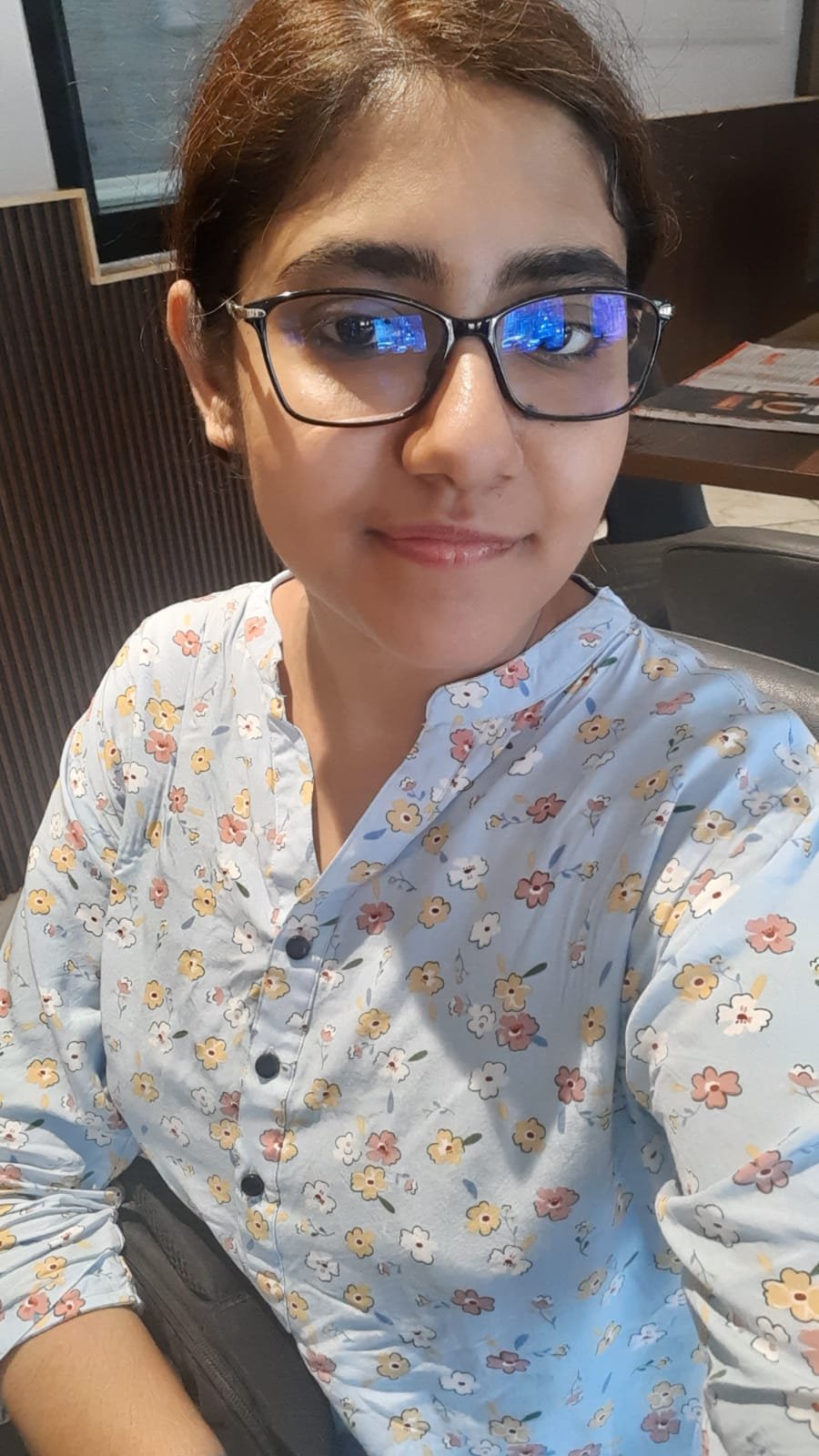
By day I create engaging content along with infusing high-volume, low-competition keywords strategically so that it gets loved by you and Google Crawler. Off the clock? I scroll for fresh ideas. (Don’t judge, gotta fuel the creativity!)

